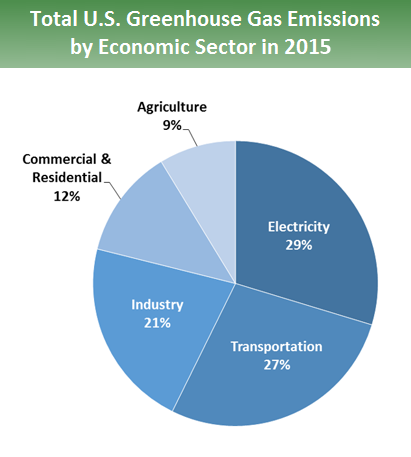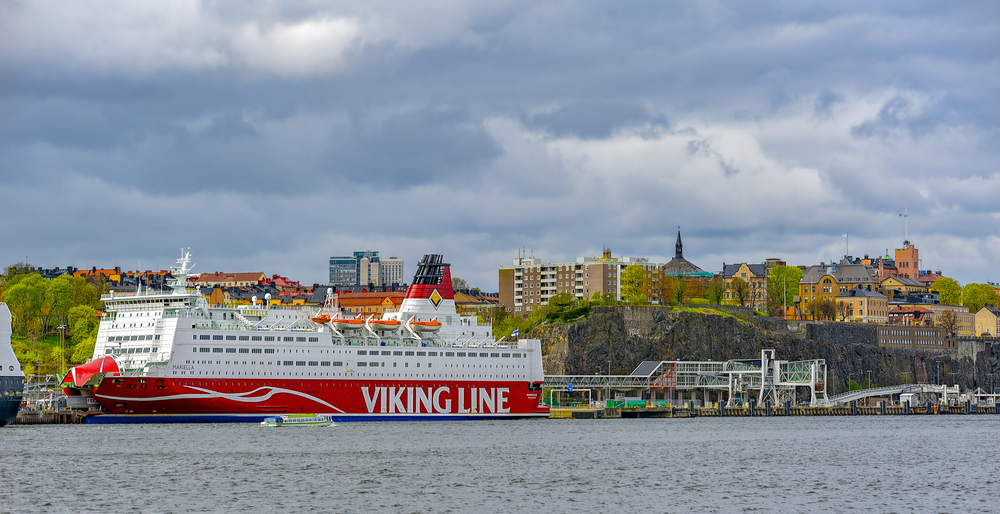
Date: 2025-10-14 Page is: DBtxt003.php txt00013686
ENVIRONMENT
Transportat6ion Impact
Planes, Trains or Automobiles: What's the Most Carbon Efficient Way to Travel? ... Transportation accounts for one-fifth of total greenhouse gas emissions worldwide. But there are many ways to reduce your personal contribution.
Burgess COMMENTARY
Peter Burgess
ENVIRONMENT
Planes, Trains or Automobiles: What's the Most Carbon Efficient Way to Travel?
Transportation accounts for one-fifth of total greenhouse gas emissions worldwide. But there are many ways to reduce your personal contribution.
Have you ever wondered how your personal carbon footprint changes depending on the kind of journey you make?

Different modes of travel have different impacts on greenhouse gas emissions.
Carbon dioxide remains in the atmosphere longer than other gases, so vehicles have a more harmful impact on climate change in the long term. Around a fifth of total greenhouse gas emissions worldwide come from transportation alone, 'but close to 30 percent in most industrialized countries,' according to Nic Lutsey and Dan Sperling of the Institute of Transportation Studies at the University of California, Davis.
Responsible for 27 percent of the nation's total greenhouse gas emissions, transportation is America's second-most polluting economic sector, just behind electricity. The Union of Concerned Scientists, a nonprofit, figures that amounts to about 24 pounds of carbon dioxide and other greenhouse gases for every gallon of gas. The group notes that 'about 5 pounds comes from the extraction, production, and delivery of the fuel, while the great bulk of heat-trapping emissions—more than 19 pounds per gallon—comes right out of a car's tailpipe.'

graphic: EPA

By measuring how much carbon dioxide is released into the atmosphere per person, per kilometer (0.6 miles) of travel, Indigo Park Services UK, a parking facilities firm based in Watford, England, compared the most harmful modes of transport to the environment alongside the more friendliest forms of transport.
The most harmful ways to travel
Their analysis found that a large RoPax ferry—a roll-on/roll-off passenger ferry built for freight vehicle transport along with passenger accommodation—is the worst and the most damaging way to travel.
These ferries—also known as 'ro-ro' ships—are designed to provide maximum logistical efficiency and seamless transfer in loading cargo and passengers across waters, but these journeys have an alarming impact on the global environment—even more than a long-haul, first-class flight. The researchers found that a whopping 0.85lb of CO2 is belched out by theses massive ferries per kilometer, per person, compared to just 0.04lb of CO2 for a ferry that just carries foot passengers.


Viking's cargo-passenger ferry Mariella (RoPax) moored at Tegelvikshamnen terminal in Sweden (credit: Igor Grochev/Shutterstock)
Here are the five most environmentally harmful ways to travel:
-
Large RoPax ferry: 0.85lb CO2 per km/0.6 miles
Long-haul flight, first class: 0.71lb CO2 per km/0.6 miles
-
Large gas/petrol car: 0.66lb CO2 per km/0.6 miles
Large Diesel Van: 0.6lb CO2 per km/0.6 miles
Large LPG (liquefied petroleum gas, or 'autogas') car: 0.6lb CO2 per km/0.6 miles
The cleanest ways to travel
A classic bicycle, manned by leg-power, has no emissions at all (0lb CO2 per person, per km/0.6 miles) and is clearly the cleanest way to travel. The researchers found that an electric car with solar panels also has 0lb of harmful CO2 emissions.
Earlier this year, Panasonic announced an advanced solar panel system that will debut on the Toyota Prius plug-in hybrid in Japan, a.k.a the Prius Prime. As solar panels and electric vehicles get cheaper and more efficient, the potential of solar roofs across other forms of transport is likely to grow which will have a positive impact on each of our carbon footprints.
Here are the five cleanest ways to travel:
-
Bicycle: 0lb CO2 per km/0.6 miles
Electric car (with solar panels): 0lb CO2 per km/0.6 miles
Electric car: 0.03lb CO2 per km/0.6 miles
International Rail (Eurostar): 0.033lb CO2 per km/0.6 miles
Ferry (foot passenger): 0.04lb CO2 per km/0.6 miles


Infographic courtesy Indigo Park Services.
The biggest shockers
One of the most shocking statistics is that travelling 1 kilometer/0.6 miles on a short-haul flight in economy class—or 1 kilometer/0.6 miles on a car passenger ferry—is still better for the environment than travelling the same distance in a small gas-powered car.
A small gas-powered car emits 0.38lb of carbon dioxide into the atmosphere, while a short-haul flight emits just 0.2lb CO2 (per km or 0.6 miles, per person) and a car passenger ferry emits 0.3lb of CO2.
You may also be surprised to know that a large RoPax ferry has more emissions than a first-class long-haul flight.
Assessing and reducing your transportation footprint
The term 'footprint' refers to the environmental impact we each have as individuals, including our output of greenhouse gases—specifically CO2—into the atmosphere. Personal footprints can be measured to determine our own levels, and to highlight how we can control and strive to reduce our carbon output.
For American drivers, there is some good news. In addition to the steady increase in the adoption of electric vehicles, the EPA's vehicle greenhouse gas rules will save consumers $1.7 trillion at the pump by 2025 and eliminate six billion metric tons of greenhouse gas pollution. Plus, there are several easy hacks that you can do right now to help reduce the emissions your produce when you're behind the wheel.
And if you simply must fly, choose coach (yes, it's smaller, but less carbon-intensive than first or business class), select an efficient airline (check Atmosfair’s airline ranking) and consider reducing your air travel carbon footprint by purchasing carbon offsets, which are offered by most domestic airlines and many international carriers.
By taking cleaner options on your next trip—using public or shared transport and walking or biking for short journeys—you can help to reduce your carbon footprint and your overall impact on the global environment.
